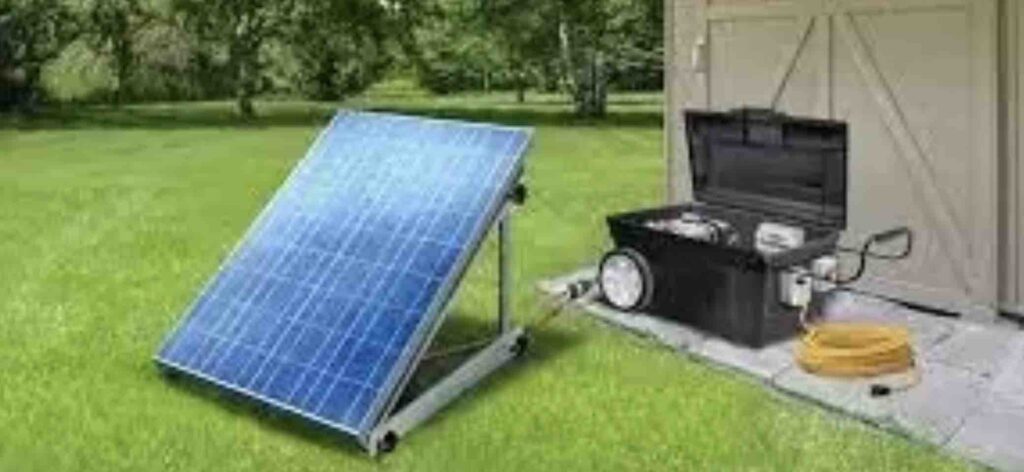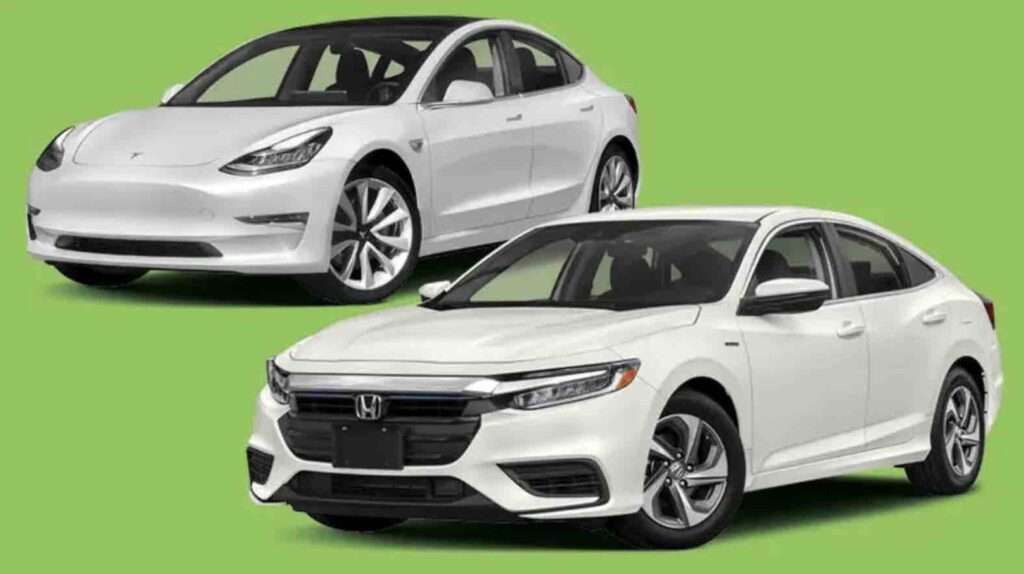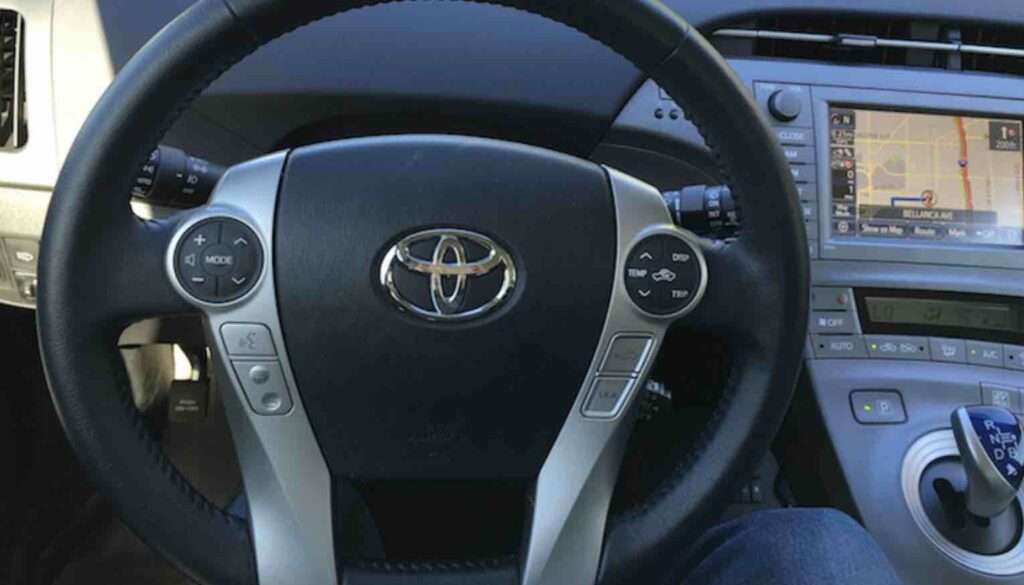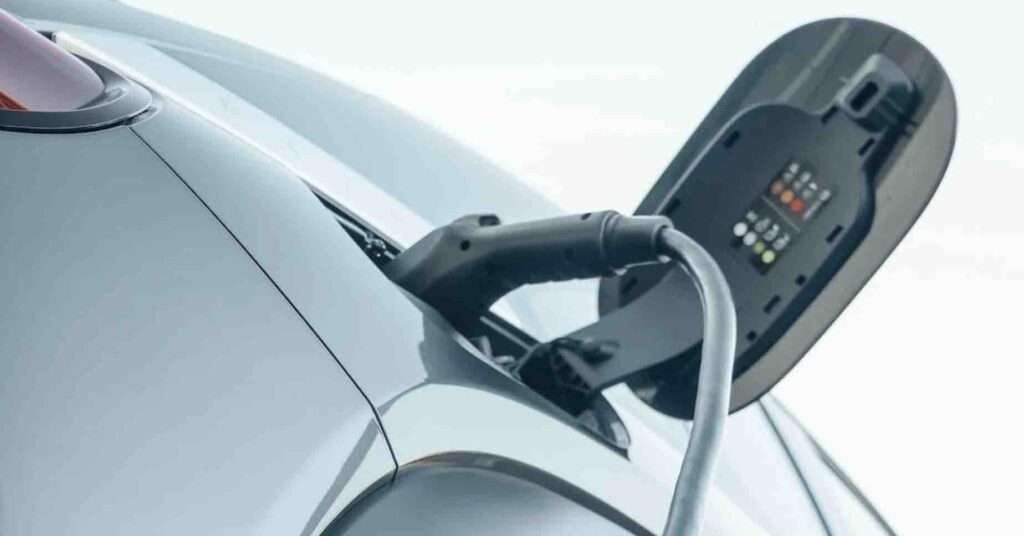
The increase in the use of electric vehicles has led to a high demand for easy and economical charging stations. Constructing a DIY solar EV charging station might be a terrific alternative for eco-conscious persons wishing to reduce their carbon footprint while saving money on power.
Now let’s move into everything you need to know for you to have your personal EV charging station.
diy solar ev charging station: Steps on How to Make Your Solar Charging Station
The following are the DIY solar EV charging station procedures below when consideiring creating your solar charging station:
1. Estimate Your Energy Requirements
The first step in creating your solar charging station is determining your electric vehicle’s energy requirements (EV). This will assist you in selecting a suitable size solar panel and battery.
2. Choose a Solar Panel, a Battery and charging systems
Once you’ve determined your energy needs, you may select a solar panel and battery that will offer enough electricity to charge your EV.
You may have to choose between a Level 1, Level 2, or Level 3 charging systems. Level 1 and 2 charging stations can be installed in homes, while Level 3 charging stations are typically found in public locations. Level 2 charging stations are the most common for home charging, and they typically provide 240-volt AC power. So I believe since this is a DIY solar ev charging station, you are most likely doing this for home use.
3. Get a Charging Controller, an Inverter, and Wires
A charge controller, inverter, and wires are also required to connect everything. These components control the power flow from the solar panel to the battery and finally to the EV.
4. Create a Solar Panel Mounting Framework
Before you can install the solar panel, firstly, create a strategy that will keep it firmly in place. The structure of the panel must be strong enough to go against wind and rain.
5. Set Up the Solar Panel
Once the mounting framework is complete, you may place the solar panel in a spot that receives the most sunlight. This ensures that your charging station produces as much energy as feasible.
6. Couple
Couple the solar panel, and other components according to the instructions given in the manual. To connect the components, you’ll need to utilize wires.
7. Install an Electric Car Charging Station (EVSE)
In addition, you will need to install an EVSE, which is the equipment that links your EV to the charging station. This may need some electrical work, so speak with a certified electrician.
8. Testing
After coupling everything, you can, therefore, test the panel system to confirm if it is working perfectly. Check that the solar panel is producing electricity, the battery is charging, and the EVSE is operational.
What is Solar EV Charging Station Cost?
Solar EV charging stations are becoming increasingly popular owing to their environmental friendliness and low cost. The cost of a solar EV charging station varies according to the system’s size and capacity, but they are typically inexpensive and offer long-term savings on power costs.
With the growing demand for electric cars and renewable energy solutions, investing in a solar EV charging station may be a wise and environmentally friendly decision for both people and companies.

Can I Make My Own EV Charger?
Sure, you can build your own EV charger, but you’ll need specific knowledge and abilities in electrical engineering and construction. To construct a safe and dependable EV charger, consider variables such as the charging connector type, electrical wiring, and circuitry, and safety features such as ground fault prevention.
To guarantee that your DIY charger is safe and functional, make sure to meet all applicable construction laws and safety requirements.
Can I Charge My EV With Portable Solar Panels?
Yes, portable solar panels can charge your EV, but it may not be the most efficient approach.
While they can also create enough energy to power an EV, completely charging the battery would take a long time.
Also, because portable solar panels are not as strong as stationary solar panels, they may not provide enough energy to charge an EV under overcast or low-light circumstances. It’s also worth noting that you could require extra equipment, such as a charge controller, to manage the voltage and current of the solar panel output and keep your EV’s battery from being damaged.
Is it Cheaper To Build Your Solar System?
Constructing your solar system may be less expensive in the long term, but it takes an initial investment as well as knowledge. When selecting whether to create your solar system, consider variables such as installation, maintenance, and equipment prices.
How Many Solar Panels Do I Need For an EV Charging Station?
The number of solar systems or panels needed for an EV charging station is calculated by the size of the panels as well as the energy consumption of your vehicle.
A typical EV takes roughly 6-7 kWh to completely charge, therefore charging one EV would necessitate at least a 6 kW solar panel installation.
What Size Solar System Do I Need To Charge an EV?
For this to be determined, some factors that need to be considered include the EV’s energy capacity need, the efficiency of the solar panels, and the amount of sunlight available.
A typical EV takes around 6-7 kWh to completely charge, therefore a 6 kW solar panel system could power one EV. To discover the appropriate system size for your unique needs, talk with a solar specialist.
Can You Charge an EV at Home with Solar?
Yes, you may charge an electric vehicle (EV) at home using solar power. You may create clean, renewable energy for your EV by placing solar panels on your home’s roof or land.
Install an electric vehicle supply equipment (EVSE) to charge your EV and make sure your solar panel system is adequately designed to fulfill your energy demands. A solar specialist can assist you in designing and installing a solar system for your house and electric vehicle.
Conclusion
Creating your diy solar EV charging station can be a low-cost and ecologically responsible solution to charge your electric vehicle. With the correct materials and a little know-how, you can use the sun’s energy to charge your automobile while lowering your carbon impact.
You may save money on power expenses, help protect the environment, and enjoy the benefits of renewable energy by building your solar charging station.
So, become a part of the solar revolution today with this DIY solar EV charging station steps above!
Reference sites:

Uchenna is a Radiographer and Auto parts mechanic who recently got his automotive diploma as an auto repair technician, and since then, has worked on fixing various car problems.
Working as just a radiographer, Uchenna didn’t just get all the fulfillment he desired, because he truly loved doing things tilted toward cars. As a kid, he would take apart his toy cars to see how they worked and would spend hours tinkering with his bike.
So, in 2017 he made the tough decision to become an auto mechanic. He threw himself into his studies and now loves every aspect of what he does.
He gets to work with his hands, solving problems and bringing cars back to life, and sharing his knowledge and easy quick-fix guide online are all part of what makes him feel fulfilled.



